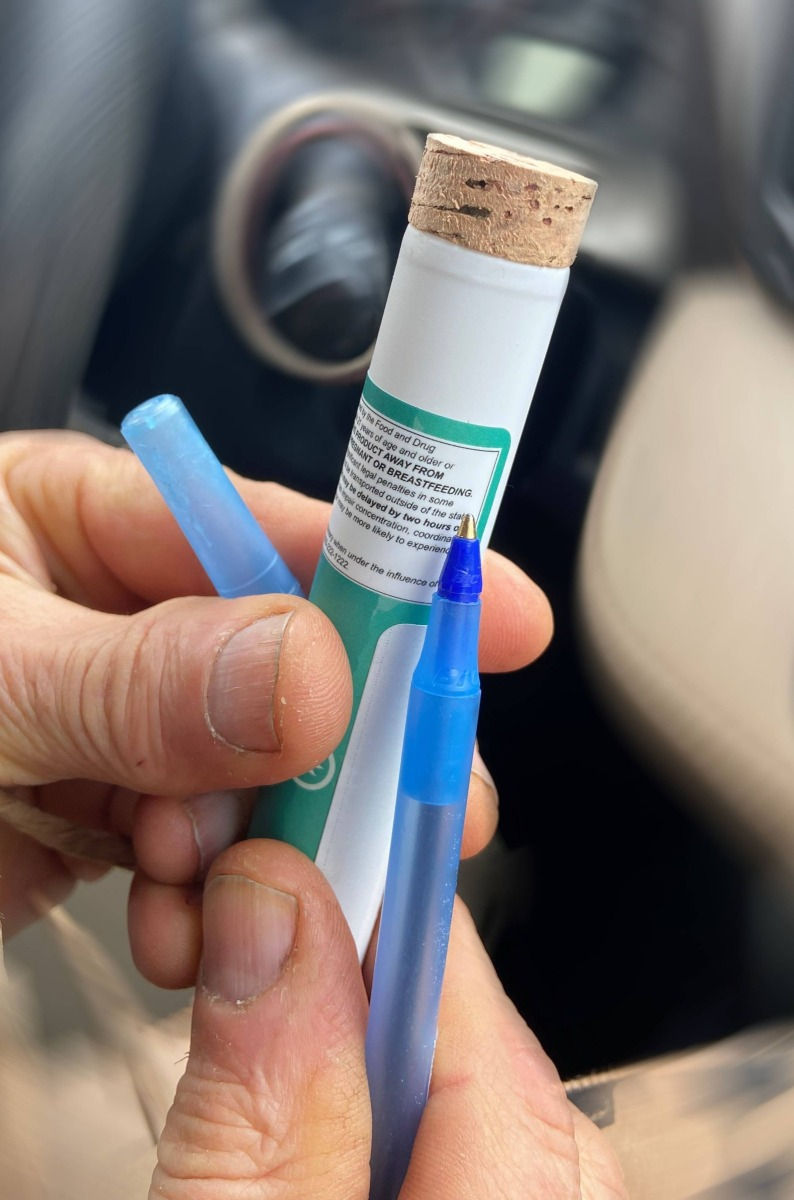Bright Orange Marijuana THC Candy Actually Legal for Sale in Vermont?
- Physicians for Healthy Communities

- Feb 28, 2023
- 3 min read
Updated: Feb 15, 2024

In January 2023, NBC5 reported new data from the National Poison Control Center, showing that the consumption of marijuana edibles by young kids increased by 1,375% in the last 5 years. In the Northern New England region, marijuana exposure to young kids is even higher, growing 1,500% in the last 5 years. WCAX also reported on this AP News story in January and followed up with an interview with pediatrician Dr. Jill Lerner of UVM Larner College of Medicine and UVMMC.
Safety or Sales
Edibles, particularly edibles that could easily be mistaken for candy or other food, have been a heated topic of debate in conversations around legalized marijuana products in Vermont. Growers and retailers want to remove limits on THC levels and remove regulations that have been put in place to reduce public health risks, claiming that the current regulations allow the black market to remain active. According to studies done in Canada, we know that this is not true. In Québec, where THC limits and edibles were restricted, neither black market cannabis sales nor child poisonings increased as they did in other provinces where there were no limits applied. Meanwhile, according to NBC5, the public health risks of candy-like packaged edibles in Vermont are under control. “You’re not gonna see THC skittles or snickers bars for instance,” said James Pepper, the chair of the VT Cannabis Control Board.
Candy-Like Packaged Edibles in Vermont
While many recognize that edibles come with additional risks because of unintended consumption by children or adults, that has not stopped Vermont growers and retailers from creating and selling these kinds of products.
This photo depicts one example of a small range of edible marijuana products; lollipops, gummy worms, gummies, chocolates, and maple candies, all infused with THC and purchased at legal dispensaries in Vermont. Neighboring legal recreational marijuana states like Massachusetts have laws against selling edibles that depict fruits, or edibles sold in candy form like gummy worms or lollipops because they were viewed to be a risk to children. Are the bright orange marijuana THC candies pictured above actually legal for sale in Vermont?
Removed from their packaging, even an adult with a keen eye would have trouble identifying the candies as anything other than regular lollipops or gummy worms. Even while still in their packaging, the infused maple candies could be mistaken for normal maple candies if you only take a quick glance at the label. If they are left errantly where kids, or even unknowledgeable adults, could have access to these products, it’s easy to understand how the National Poison Control Center is seeing such dramatic increases in accidental poisonings from marijuana edibles. It also makes clear the kind of public health risks that candy-like edibles present to the community.

More Legible Warning Labels Could Help
Warning labels could help to educate consumers about the health risks of marijuana, but for proper education the labels must be legible and share risks in an understandable way. In Vermont, the warning labels recommended by the Cannabis Control Board is 141 words, while the label recommended by the Vermont Medical Society is only 31, which would be easier to read and more legible on packaging without having to use the minimum required 6-point font size.
You can see the application of the Vermont Cannabis Control Board warning label in 6-point type on a product purchased from a legal dispensary in Vermont in this photo. The two photos below depict the warning label on a tin container, but you must know to peel back the nutrition facts to see them.









Comments